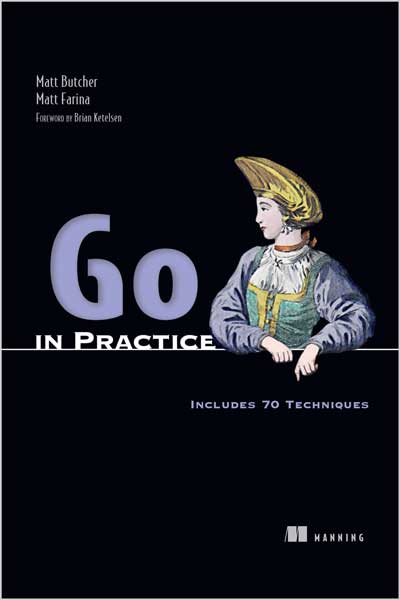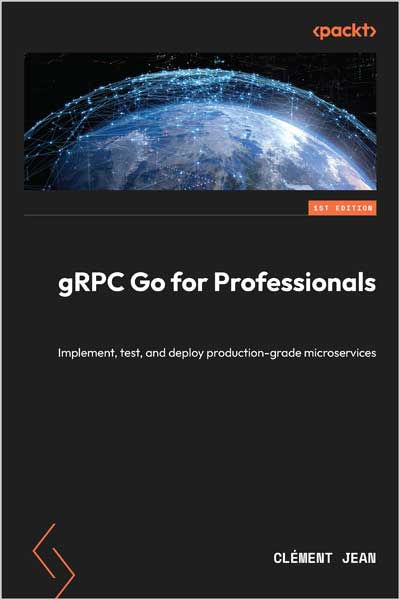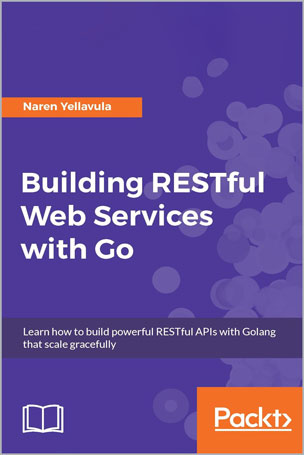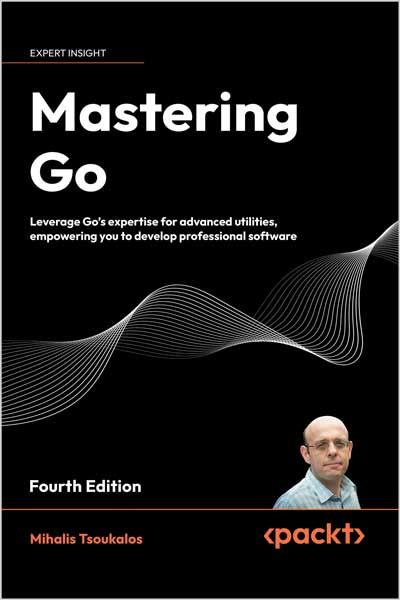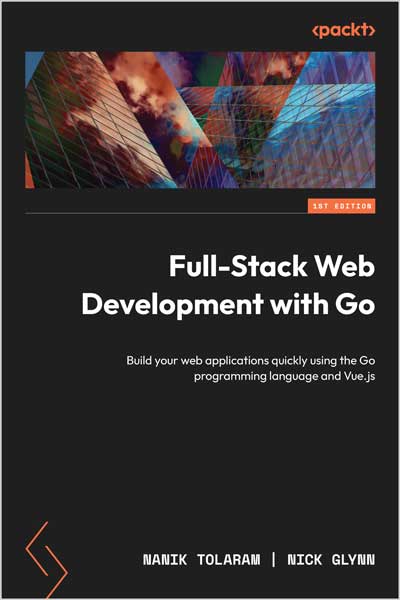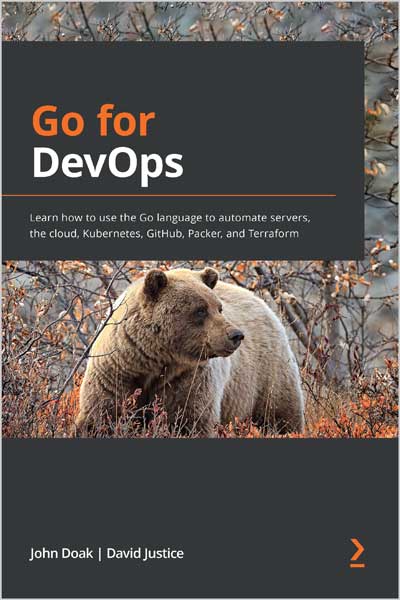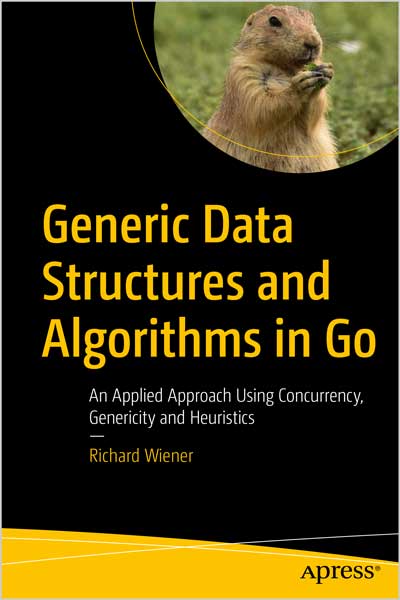An insightful guide to learning the Go programming language
Vladimir Vivien
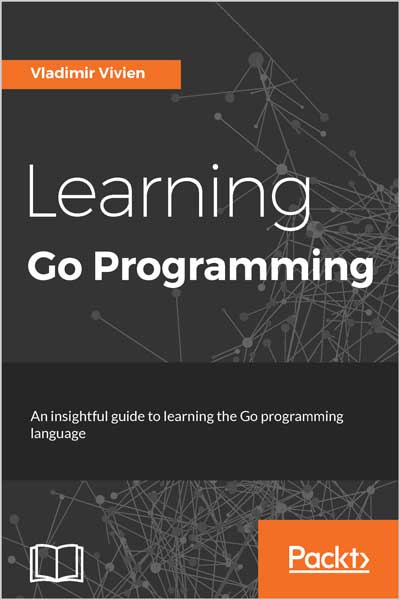
#Go
#Go_Programming
#concurrency
Key Features
- • Insightful coverage of Go programming syntax, constructs, and idioms to help you understand Go code effectively
- • Push your Go skills, with topics such as, data types, channels, concurrency, object-oriented Go, testing, and network programming
- • Each chapter provides working code samples that are designed to help reader quickly understand respective topic
Book Description
The Go programming language has firmly established itself as a favorite for building complex and scalable system applications. Go offers a direct and practical approach to programming that let programmers write correct and predictable code using concurrency idioms and a full-featured standard library.
This is a step-by-step, practical guide full of real world examples to help you get started with Go in no time at all. We start off by understanding the fundamentals of Go, followed by a detailed description of the Go data types, program structures and Maps. After this, you learn how to use Go concurrency idioms to avoid pitfalls and create programs that are exact in expected behavior. Next, you will be familiarized with the tools and libraries that are available in Go for writing and exercising tests, benchmarking, and code coverage.
Finally, you will be able to utilize some of the most important features of GO such as, Network Programming and OS integration to build efficient applications. All the concepts are explained in a crisp and concise manner and by the end of this book; you would be able to create highly efficient programs that you can deploy over cloud.
What you will learn
- • Install and configure the Go development environment to quickly get started with your first program.
- • Use the basic elements of the language including source code structure, variables, constants, and control flow primitives to quickly get started with Go
- • Gain practical insight into the use of Go's type system including basic and composite types such as maps, slices, and structs.
- • Use interface types and techniques such as embedding to create idiomatic object-oriented programs in Go.
- • Develop effective functions that are encapsulated in well-organized package structures with support for error handling and panic recovery.
- • Implement goroutine, channels, and other concurrency primitives to write highly-concurrent and safe Go code
- • Write tested and benchmarked code using Go's built test tools
- • Access OS resources by calling C libraries and interact with program environment at runtime
About the Author
Vladimir Vivien (@vladimirvivien) is a software engineer living in the United States. He is a previously published author and has written code in languages such as Java, JavaScript, Python, C to name a few. Vladimir has work in diverse industries including technology, publishing, financial, and healthcare. After years of building enterprise systems using Java, Vladimir came to Go for its simplicity and stayed for its concurrency and fast build time. Vladimir continues to use Go as his primary language to build and create open source software (https://github.com/vladimirivivien).
Table of Contents
1. A First Step in Go
2. Go Language Essentials
3. Go Control Flow
4. Data Types
S. Functions in Go
6. Go Packages and Programs
7. Composite Types
8. Methods, Interfaces, and Objects
9. Concurrency
10. Data 10 in Go
11. Writing Networked Services
12. Code Testing
About the Author
Vladimir Vivien is a software engineer living in the United States. With past experiences that include programming in languages such as Java, JavaScript, and .Net, Vladimir has work in diverse industries including publishing, financial, and healthcare. After years of building enterprise systems using Java, Vladimir came to Go for its simplicity and stayed for the concurrency primitives fast runtime. Vladimir continues to use Go as his primary tool to build microservice architectures and create open source tooling for the community.
